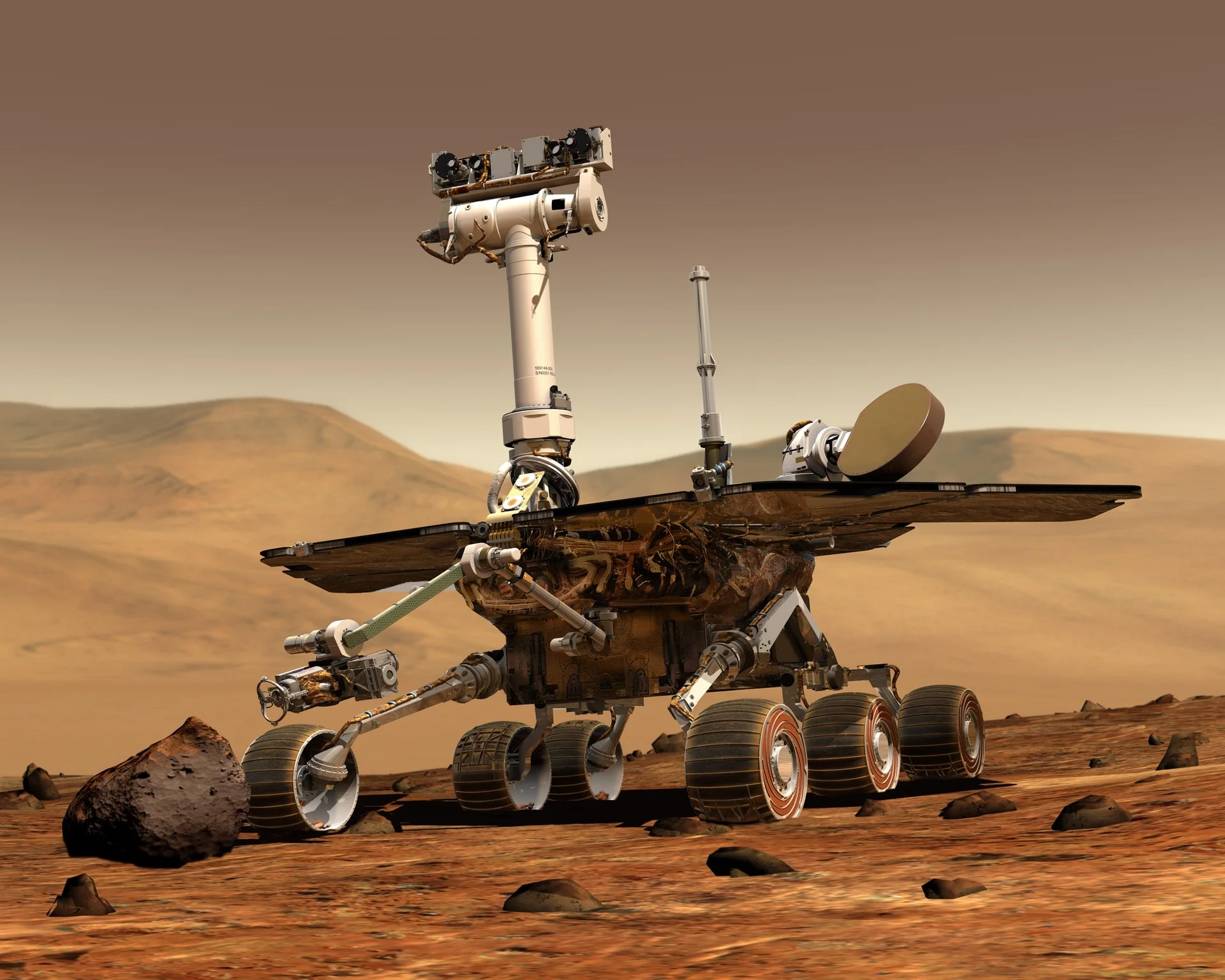Machine Learning is the field that studies how to make computers learn. In other words, a Machine Learning algorithm is a computer program that teaches computers how to program themselves so that we don’t have to explicitly describe how to perform the task we want to achieve.
When people talk about machine learning, they say the mathematically inspired computing, analytic methods, and great programming practices makes a good combination for machine learning. Google’s CEO Sundar Pichai laid out the corporate mindset: “Machine learning is a core, transformative way by which we’re rethinking how we’re doing everything. We are thoughtfully applying it across all our products, be it search, ads, YouTube, or Play. And we’re in early days, but you will see us — in a systematic way — apply machine learning in all these areas.”
The term “machine learning” in general is somewhat familiar to young college students, in that you see their ears perk up when mentioned in conversation; however, the look in their eyes shows it hasn’t caught hold of any of their ambition genes. Not just yet anyway. You might want to encourage your kids to have a better understanding of statistics. Not everyone in the organization needs to become (or even has the aptitude to become) a statistician. However, machine learning is a big part of our future. Universities are helping graduate, undergraduate, and executive students become savvy about the practical application of data. As part of that, they are being taught to think critically about and question what the data says rather than accepting what the data says at face value.
Machine learning uses algorithms to build analytical models, helping computers “learn” from data. It can now be applied to huge quantities of data to create exciting new applications such as driverless cars. Watson APIs, Microsoft Azure machine learning APIs, Amazon Machine Learning service, and open source projects including the TensorFlow machine learning library contributed by Google are some interesting names to check out.
The knowledge leaders say we are still in the early stages of machine-aided intelligence as evidenced by everyday situations, including poorly targeted marketing campaigns, irrelevant loyalty program offers, and off-base product recommendations.
Typically, companies needing machine learning expertise are those that are analytic product development shops, or the ones with forward-looking, semi-independent data science shops.
For the task of teaching a computer to identify animals, the computer is shown a bunch of labeled pictures (e.g. this picture is a tiger, this picture is a cat, etc.), the same way we do it when we teach children. The Machine Learning algorithm will use these samples to identify which are the features that differentiate one animal from another, and with this information, it will write its program to perform the task of identifying animals. Enabling computers to learn and enabling computers to write their code is the same thing. Therefore, Machine Learning is the way to make computers learn how to perform complex tasks whose processes cannot be easily described by humans, or even tasks that we don’t know how to accomplish (e.g. “I want to calculate how many customers would buy this product” or “I want to make this photo look like a Picasso painting”).
The information that a Machine Learning algorithm needs to write its program to solve a particular task is a set of known examples.
Machine Learning is about making decisions based on trial and error and is a more application oriented version of statistics.
The basic idea is to make decisions based on a certain amount of information you have.
Classification based on data
You have seen people screw up their lives by smoking. You make the decision that neither you nor your loved ones will be smokers.
Gradient Descent
When you touch a hot plate, you get hurt; you pull back your hand. You are unlikely to touch a hot plate again on purpose. Or you use mittens next time.
Online Learning
You play blackjack. Based on the sequence of cards you see; you make a quick decision whether to hit or to stay.
Transfer Learning
Your mom taught you how to choose oranges. She sends you to the grocery to buy apples. Though you don’t know how to, you can use some common sense to do this
Regression
You get the data for house price vs. area of a house. You plot this on a graph. You see that it is almost a straight line. You approximately draw the straight line, and now you think you can predict the price of the house if someone tells you the area.
Machines do it in a more mathematical and formal way.
Now replace yourself with a machine, and give the machine some steps to follow so that it can learn the same things like you. A machine lacks the thinking power to manage an unexpected scenario, but it doesn’t make mistakes on the basis of what it has learned (and is faster than you). So now, the machine is learning from its environment, and we call it Machine Learning.

